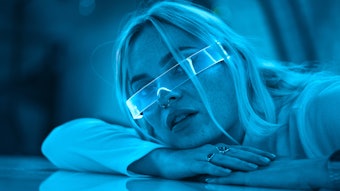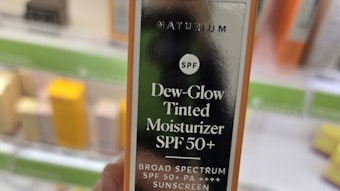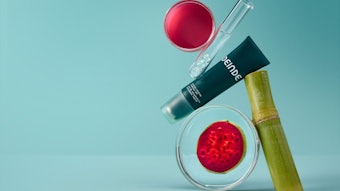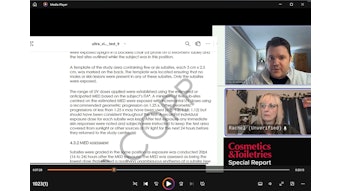
Consumers typically use multiple personal care products: from body wash, shampoo and conditioner, to lotions, creams, makeup, lip balm and hair spray. In order to ensure convenient and consistent sunscreen application for consumers, several of these products now incorporate sunscreen actives.
Despite all attempts, however, there remains a need for sunscreen products that provide more effective levels of sun protection and remain in place even after rinsing. In addition, a gentle or acceptable feel is preferred over a heavy, oily feel.
In a new patent application, Colab International inventors explore encapsulation technologies, which when aligned with milder surfactant systems and strong adhesive polymers, improve sunscreen deposition; although the cellulose-derived capsules are the star of this system.
Cellulose-derived sunscreen capsules
WIPO Patent Application WO/2017/139701
Publication date: Aug. 17, 2017
Assignee: Colabs International Corp.
Described in this patent are sunscreen actives housed in cellulose-derived capsules for applications in body wash, after-shower body lotion, shampoo, conditioner, soap, gel, hand sanitizer, cream, spray, mousse, lotion, ointment, makeup, lip balm, hair spray and even arachnid/insect repellent or medicinal products. According to the inventors, when applied to skin, the cellulose-based capsules arrange in a manner that packs and spreads the sunscreen actives across the skin.
Also disclosed are sunscreen compositions formulated with cationic polymer, which causes the encapsulated sunscreen agent to become trapped in a polymer complex that adheres to the skin surface, hair shaft or any substrate that can accept an opposing charge. This enables it to remain on the skin's surface for longer periods than sunscreens without encapsulates or packing capabilities—even after exposure to water or other liquids.










